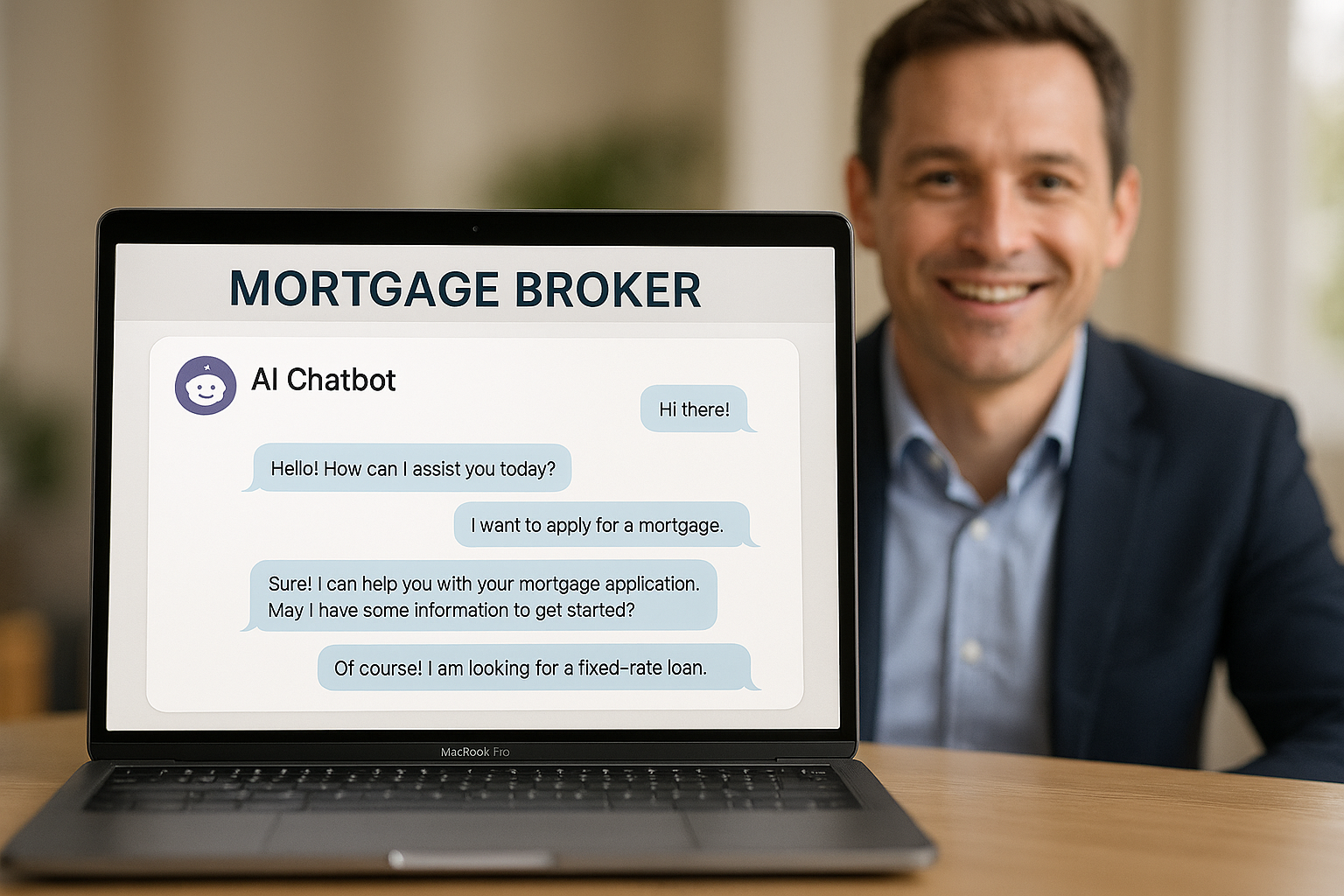Productivity Lifesaver: The 5-Sentence Email│By Stephanie Vozza | May 8 2013
http://m.entrepreneur.com/article/226581
Eliminating extra information from emails can help you reclaim a large portion of your workday, increase your productivity, and improve your chances of getting a reply.
Boulder, Colo. entrepreneur Andreea Ayers discovered the impact of shortened correspondence when she hired a business coach to help her with her marketing company Launch Grow Joy. At first, she was concerned she had chosen the wrong person after she found this postscript at the bottom of an email:
“To save your time and mine, I’m limiting all my responses to five sentences or less.”
“I thought to properly respond to my questions, she would need to write more than five sentences,” says Ayers. But the more they practiced the method, the more it worked. “We spent less time emailing and more time actually implementing the strategies we were discussing.”
The average worker spends 28 percent of their day reading and answering email, according to a 2012 study by New York City-based management-consulting firm McKinsey and Company. Keeping emails brief and to the point can help you reclaim some of this time.
Related: How to Transform Your Email into a Productivity Tool
“Proper email is a balance between politeness and succinctness,” says successful serial entrepreneur Guy Kawasaki, author ofAPE: Author, Publisher, Entrepreneur (Nononina Press, 2013). “Less than five sentences is often abrupt and rude, more than five sentences wastes time,” he says.
As managing director of the venture capital firm Garage Technology Ventures, Kawasaki’s inbox is often full, but the emails he sends are almost always five sentences or less. He shares four guidelines for how entrepreneurs can get to the point.
1. Your email should answer five simple questions.
When you write an email, Kawasaki says it should provide just enough information to answer these five questions: Who are you? What do you want? Why are you asking me? Why should I do what you’re asking? What is the nextstep?
“This is all an intelligent person needs to know to make a decision,” he says.
2. Cut out excessive details to get a response.
Read your email over and take out any superfluous information before you hit send. People who feel a need to tell their life story probably believe their request is on shaky ground in the first place, says Kawasaki. But more information won’t get the recipient to take action. “Long emails are either unread or, if they are read, they are unanswered,” says Kawasaki. “Right now I have 600 read but unanswered emails in my inbox.”
3. Shorter emails will help you stay focused.
Limiting yourself to five sentences forces you to think in a concise manner, helping you stay focused and save time. Shorter emails also allow the recipient to make a quick decision on what action to take, increasing the likelihood that you’ll receive a reply.
If you want to encourage the recipient to reply in a similar fashion, web designer Mike Davidson created five.sentenc.es, a website that explains the philosophy and includes text you can copy and paste into your email signature.
4. Limit everything but praise.
Kawasaki says there is one exception to this brevity rule: “When you really don’t want anything from the recipient and you simply want to heap praise and kindness upon her, then you can go on as long as you like!”







